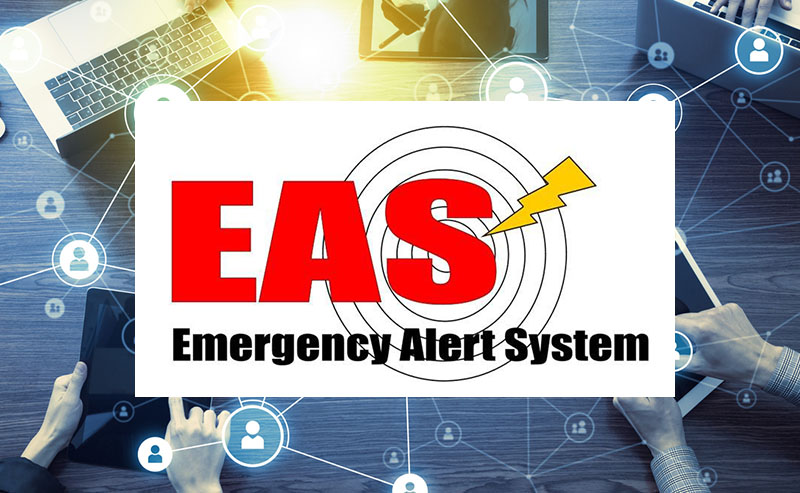If all goes as planned, the Federal Emergency Management Agency (FEMA), in coordination with the Federal Communications Commission (FCC), will conduct a nationwide test of the Emergency Alert System (EAS) and Wireless Emergency Alert (WEA) on Thursday, September 20, 2018 (primary date) or Wednesday, October 3, 2018 (secondary date). The WEA portion of the test commences at 2:18 p.m. Eastern and the EAS portion follows at 2:20 p.m. Eastern. The test, as recently explained by the two organizations, will assess the operational readiness of the infrastructure for distribution of a national message and determine whether technological improvements are needed.
The EAS message will include a reference to the WEA test: “THIS IS A TEST of the National Emergency Alert System. This system was developed by broadcast and cable operators in voluntary cooperation with the Federal Emergency Management Agency, the Federal Communications Commission, and local authorities to keep you informed in the event of an emergency. If this had been an actual emergency, an official message would have followed the alert tone at the start of this message. A similar wireless emergency alert test message has been sent to all cell phones nationwide. Some cell phones will receive the message, others will not. No action is required.”
The WEA test message, on the other hand, will be a Presidential Alert and will read “THIS IS A TEST of the National Wireless Emergency Alert System. No action is needed.” The WEA system is used to warn the public about dangerous weather, missing children, i.e, Amber Alerts, and other critical situations through geo-targeted notifications on cell phones.
Per FEMA and the FCC, the WEA test will be sent through IPAWS, as part of the nation’s modern alert and warning infrastructure that automatically authenticates alerts. Cell towers will broadcast the WEA test for approximately 30 minutes. During this time, cell phones that are switched on and within range of an active cell tower should be capable of receiving the test message. Cell phones should receive the message once.
Significant coordination has been conducted with EAS participants, wireless providers, and emergency managers in preparation for this EAS-WEA national test. This test is intended to ensure public safety officials have the methods and systems that will deliver urgent alerts and warnings to the public in times of emergency or disaster. Periodic testing of public alert and warning systems is also a way to assess the operational readiness of the infrastructure required for the distribution of a national message and determine whether technological improvements are needed.






